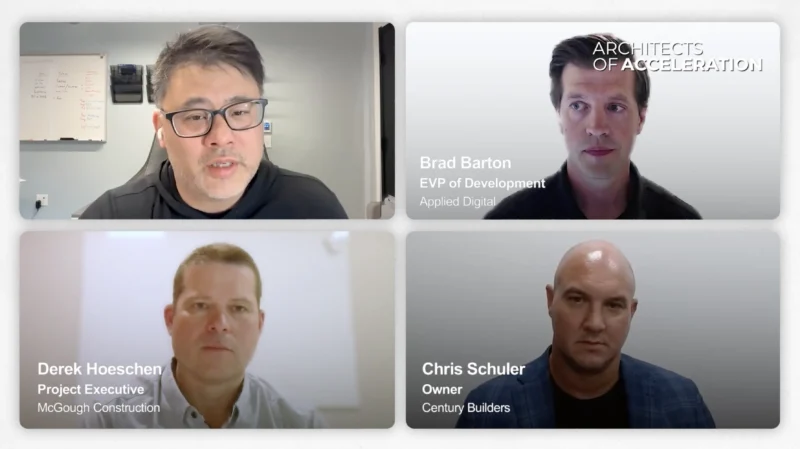Pedro Matser started KyotoCooling some 15 years ago when he and his colleagues were asked by a data and telecommunications center in the Netherlands to find a more efficient process.
“We sat down with a group of people to come up with an energy-efficient solution,” Matser said on this episode of Not Your Father’s Data Center.
He and his colleagues ran through their options, including traditional heat recovery, which is a popular strategy in Europe. Traditional heat recovery saves heat in winter by recovering heat.
“When I looked at these techniques, I found you could use these techniques for a data center,” he said. “You don’t want to bring the air from the data center outside and exchange it for fresh air.”
Instead, two loops are created, one outside-air loop and one inside loop to transfer free cooling.
“We found the results stunning – in [The Netherlands],” Matser said, “we could save 90% of the energy required to cool the data center.”
In this episode, Matser and Jamie Nickerson, head of electrical and mechanical engineering at HED, joined host Raymond Hawkins to talk about the Kyoto Wheel by Kyoto Cooling.
Nickerson explained how the Kyoto wheel works.
“When you think about a traditional office building, most often, there is a direct air-side economizer to save resources when the outside has specific cooler conditions than inside,” Nickerson said.
As an example, he noted that, when you place hot soup in the refrigerator, not only is the environment making the soup cooler, but the soup can make the air around it warmer.
“When you have a data center, you have a lot of equipment generating a lot of heat,” Nickerson said. “We push cooler air into the space, absorbing the heat, then the air stream needs to reject the heat to continue the cycle.”
For the latest news, videos, and podcasts in the Software & Technology Industry, be sure to subscribe to our industry publication.
Follow us on social media for the latest updates in B2B!
Twitter – @MarketScale
Facebook – facebook.com/marketscale
LinkedIn – linkedin.com/company/marketscale








